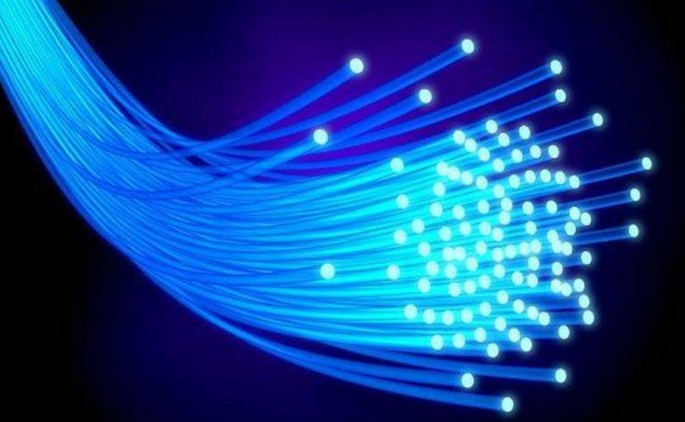The U.S. Defense Advanced Research Projects Agency (DARPA) has a program whose goal is to quickly restore tactical data among U.S. military units certain to be disrupted by an enemy during wartime.
DARPA's "Tactical Undersea Network Architectures" (TUNA) program seeks to develop a rapidly deployable undersea network. Phase I brought together a bevy of military contractors, including Raytheon BBN Technologies; Northrop Grumman Systems Corporation Information Sector; LGS Innovations and Lawrence Livermore National Laboratory, among others.
John Kamp, TUNA program manager, said involving heavy hitters in TUNA is necessary because the immense technical challenges involved demand the brainpower these established defense contractors can provide.
As a solution to an enemy disrupting U.S. military networks, DARPA proposes a system of lightweight undersea fiber-optic cables strung together between buoys.
"As soon as you put something underwater, that makes it automatically harder. You've got pressure, you've got things that swim in the ocean, you've got vessels. There are forces in the ocean. It's a hostile environment. It will break everything it can," said Kamp.
Phase I of TUNA looked at three elements of the equation. Some vendors focused on systems design, including integrated network and system architectures, deployment concepts, information assurance, and reconfiguration and restoration.
Others looked at the design of the buoy nodes that will connect the tactical data network to the undersea fiber-optic network.
Other teams considered the fiber-optic cable systems, and focused their efforts to develop small-diameter, lightweight unpowered optical fiber technologies capable of surviving deployment and operation in the ocean for at least 30 days.
LGS Innovations found a way to make a neutrally buoyant cable, or a cable that floats in water at any given depth. It developed a fiber slightly larger in diameter than a human hair.
"If you could create a neutrally buoyant fiber, you'd need a much shorter length of fiber," said LGS's CEO Kevin Kelly.
Phase II of TUNA will ask contractors to take the next step, to "develop and demonstrate an integrated, end-to-end, scaled network prototype" for the system.



























